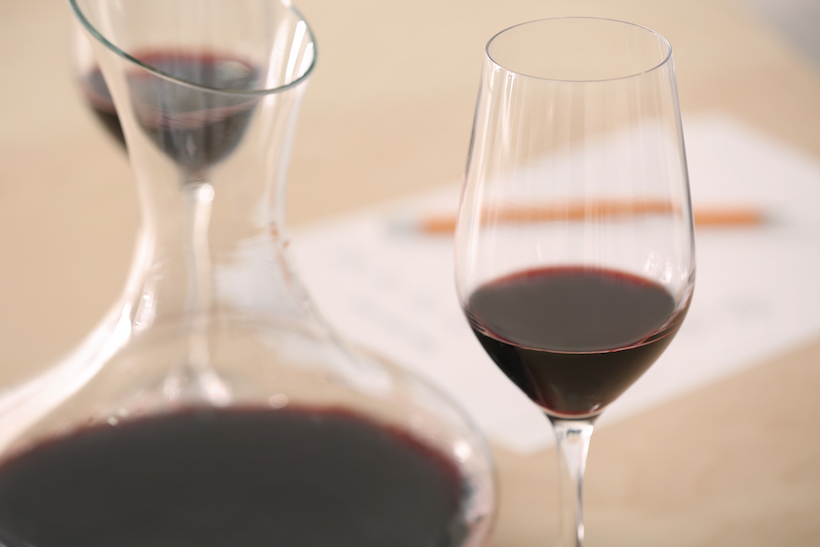Picking the perfect wine for your dinner party or mid-week meal can seem like an intimidating task, especially with all of the fancy terminology floating around out there. But if you’re really looking to impress your guests, you’ll be able to school them on wine aeration, and everything that comes with it.
Though aerating wine is nothing new, it’s recently been brought to the forefront of the wine world, much thanks to at-home gadgets that make the process look easy. No two wine aerators are created equal, though. There are handheld options, which are used per individual glass, or whole-bottle decanters, which aerate a full bottle of wine at a time. Both options, however, offer new flavor profiles that wine drinkers can appreciate. Ahead, all of your wine aeration questions are answered.
Read more on page 2 >>> [pagebreak]
What happens when wine is aerated?
Aeration is a chemical reaction that occurs when wine is exposed to oxygen. When the wine passes through an aerator (or, similarly, when a decanter is inserted into a bottle of wine) the process of oxidation occurs, which is commonly referred to as “letting the wine breathe.”
How does the taste of the wine change?
The process of aeration has the ability to alter the wine’s taste, depending on the variety. Aeration, in general, softens the flavors of the wine and releases its natural fruits and sweetness. Many claim aeration gives it a more “drinkable” quality, and takes away the harshness of the alcohols.
How does aeration affect various wines in different ways?
Not all wines need aerating. Learning which are best for the process may require a bit of trial and error, but the rules generally go as follows: Aerate bold, tannin-heavy red wines; Don’t aerate lighter reds or some white wines, such as most very light and sweet varieties.
What are some must-know aeration tips?
Timing is key when it comes to aeration. Let a wine breathe for an hour, and it’ll taste much smoother than if it was left for just ten minutes. After aeration, give the wine a taste test – if it tastes the same, allow it to aerate for longer; if it has a more smooth, fruity finish, it’s good to go.


![Making Mealtime Matter with La Familia: Easy Sofrito [Video]](https://thelatinkitchen.com/wp-content/uploads/2015/10/sofrito-shutterstock__0-500x383.jpg)
![Easy Latin Smoothies: Goji Berry Smoothie [Video]](https://thelatinkitchen.com/wp-content/uploads/2015/12/goji_berry-shutterstock_-500x383.jpg)
















![Fun and Fast Recipes: Fiesta Cabbage Salad [Video]](https://thelatinkitchen.com/wp-content/uploads/2015/11/fiesta_cabbage_slaw-shutterstock_-500x383.jpg)









